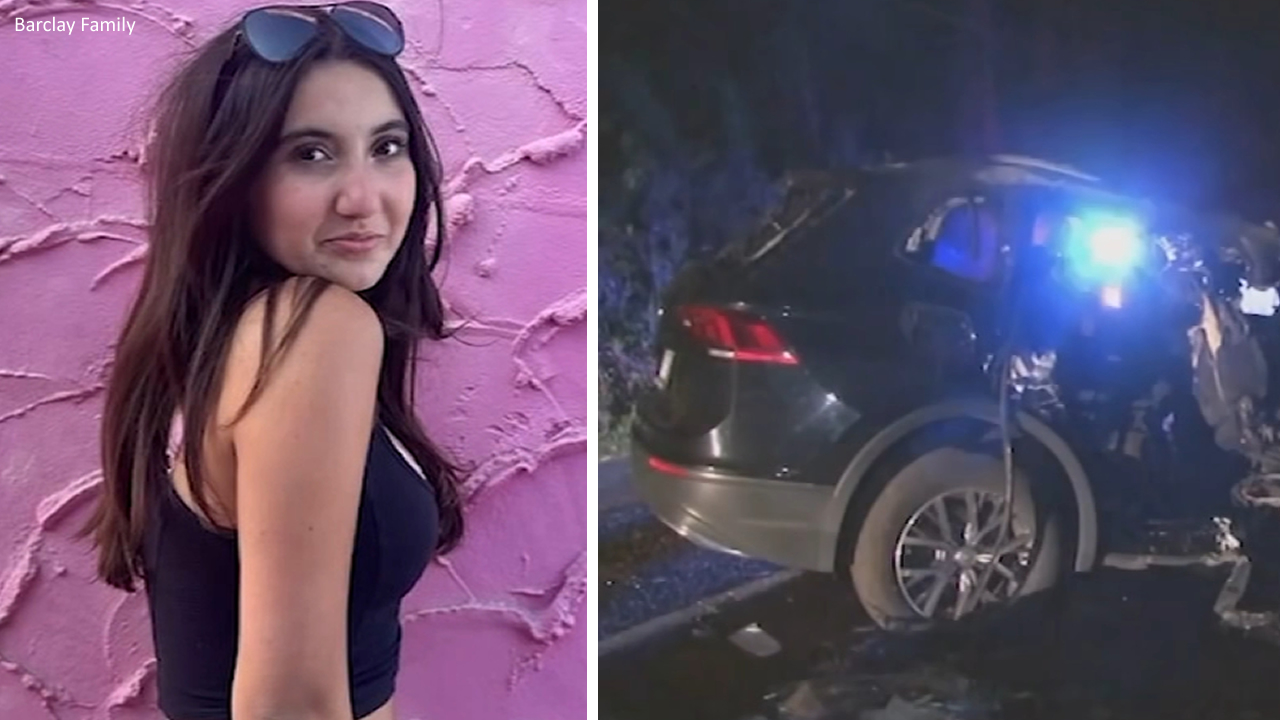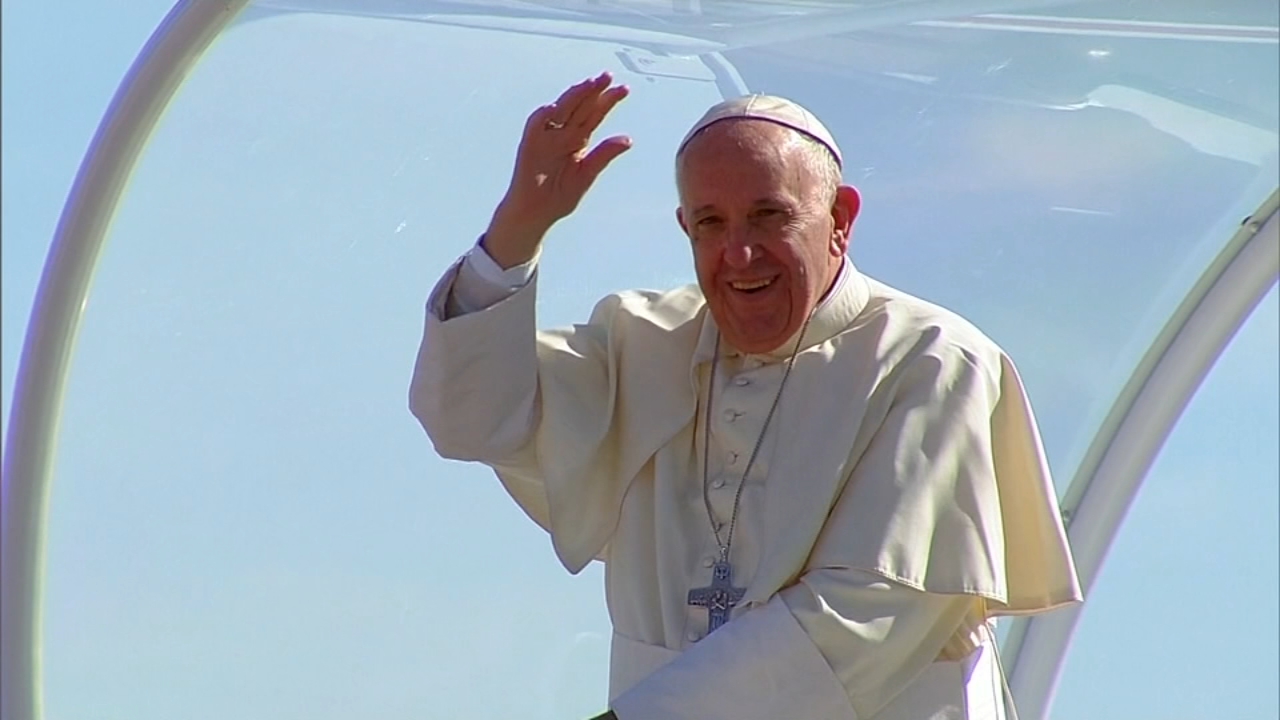How will San Francisco's Union Square, downtown businesses recover from COVID-19 pandemic?
SAN FRANCISCO (KGO) -- Union Square is home to some of the biggest names in retail. It was facing challenges before the COVID-19 pandemic, including competition from online businesses and years of construction on a new subway line. But what will happen when millions of tourists and office workers just stop coming downtown?
How will Union Square and downtown businesses recover from the pandemic? That's what we hit the ground wanting to know.
Steve Sarver is the owner of a small chain of restaurants catering to the city's now absent office workers.
These days, there are more pigeons eating lunch in Union Square than people.
INTERACTIVE: Here's the reopening status of every Bay Area county
On the streets surrounding the square, empty and boarded up storefronts line both sides of the streets.
"The pandemic has been awful for these stores. You need bodies, you need customers when they can't go outside and they're under a government mandate shutdown. It's been devastating, really devastating," says Kazuko Morgan, a retail lease expert with Cushman and Wakefield.
"A disaster is how I could describe Powell Street, too. It is home to one of the city's biggest tourist attractions - the cable car. In a normal year, 26 million tourists a year mingle with millions of shoppers," Morgan says.
Even service on the city's iconic cable cars and most of the businesses it rolls past has come to a screeching halt.

H&M? Gone. The Gap? Gone. Uniqlo? Going.
"It's just not San Francisco. It's, it's become a very quiet area. And it affects everybody," Morgan says.
"Without customers, there's no sales. No sales, tenants struggle to pay rent. But, it's more than just that, too. It's the fabric work retail and restaurants are the DNA of every city. And so when it's very quiet and shut down, you know, it's, it's you lose the vibrancy," Morgan says.
Not all of Union Square's issues can be blamed on the pandemic. Construction of the central subway made it hard for cars to get around and reduced foot traffic to stores. The city's homeless made it uncomfortable for locals and tourists -- and the rise in internet sales made brick-and-mortar locations less appealing. The rise of crime in the neighborhood has made staying in business difficult.
"People are breaking in there, you know, all the time. And, in some cases, the police won't even come very quickly. And I know it's something that we struggle with, because this is our sacred cow of San Francisco, right? All the tourists come here, this is our livelihood for retail. And it really needs to be the most protected part of the city, in my opinion, for the commercial district. And any little thing should have full-blown attention and be fixed immediately so that we don't have these problems," Morgan said.
PATH FORWARD: Bay Area journey ahead 1 year into the COVID-19 pandemic
Bottom line: Retailers do NOT want to return to old normal. They want a new normal, one with clean streets, police patrols, and financial support to keep businesses open.
Josh's Tailoring and Design overlooks the near-empty corner of Stockton and Powell. The business has been here 40 years and has seen San Francisco's booms and busts -- but not anything like this.
"Like everybody else, business is slow," says owner Josh Djafari.
"Thank God that our landlord was able to help us a little bit about rent, and is doing well. And we're thinking about if we can expand at this time, which is a great time to have another shot," Djafari says.
Before the pandemic, he had six employees and himself -- now he has two.
"And it's only one full time and two part time," Djafari says.
RELATED: How COVID-19 pandemic forever changed the workplace, what companies are doing going forward
Much of Djafari's recovery will depend on when all those workers who filled those downtown high-rises return to work.
He is not alone. Just a couple blocks away at the Crocker Galleria, a mix of shoppers and those high-rise workers used to keep Ladle and Leaf busy serving up lunch -- not anymore. Owner Steve Sarver wants to get those office workers back, so that he can bring his employees back and get back to the business of serving lunch.
Before the pandemic, Sarver had eight restaurants serving the Financial District.
"Right now, we only have one," Sarver said.
For a business built to cater to a busy downtown, Sarver worries what will happen if all the people who used to fill these towers don't come back.
"And that's a big problem. It's a big problem for the energy of San Francisco, for the vibrancy of the downtown. There's a lot of businesses, a lot of small family on businesses, right here downtown that I don't know how they're going to be able to survive," Sarver said.
VACCINE TRACKER: How California is doing, when you can get a coronavirus vaccine
Having trouble loading the tracker above? Click here to open it in a new window.
RELATED STORIES & VIDEOS:
- Map shows which counties can, can't reopen under reopening tiers
- Cheat sheet: What you can and can't do after being fully vaccinated
- CA COVID-19 Vaccine Tracker: See your status here
- These CA counties are way ahead in vaccinations
- How to register for a COVID-19 vaccine in every Bay Area county
- Map shows everywhere you can get a COVID-19 test in the Bay Area
- Interactive map shows what's closed and what's reopening in the San Francisco Bay Area
- Data tracker: Coronavirus cases, deaths, hospitalizations in every Bay Area county
- Third stimulus check calculator: See how much you could get
- COVID-19 Diaries: Personal stories of Bay Area residents during pandemic
- Get the latest updates on California EDD, stimulus checks, unemployment benefits
- Coronavirus origin: Where did COVID-19 come from?
- What is a COVID-19 genetic, antigen and antibody test?
- What does COVID-19 do to your body and why does it spread so easily?
- Coronavirus Timeline: Tracking major moments of COVID-19 pandemic in San Francisco Bay Area
- Coronavirus Doctor's Note: Dr. Alok Patel gives his insight into COVID-19 pandemic












